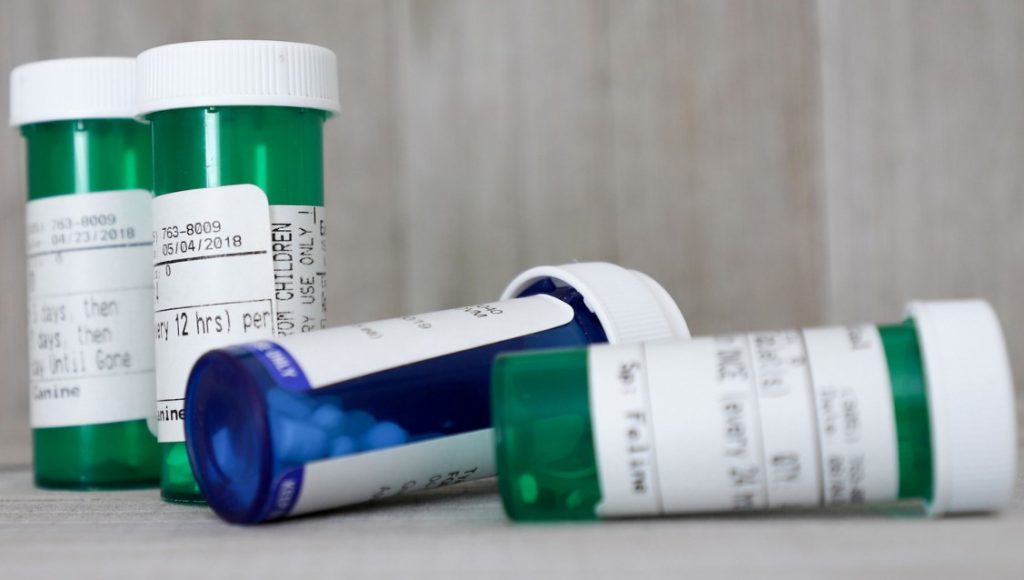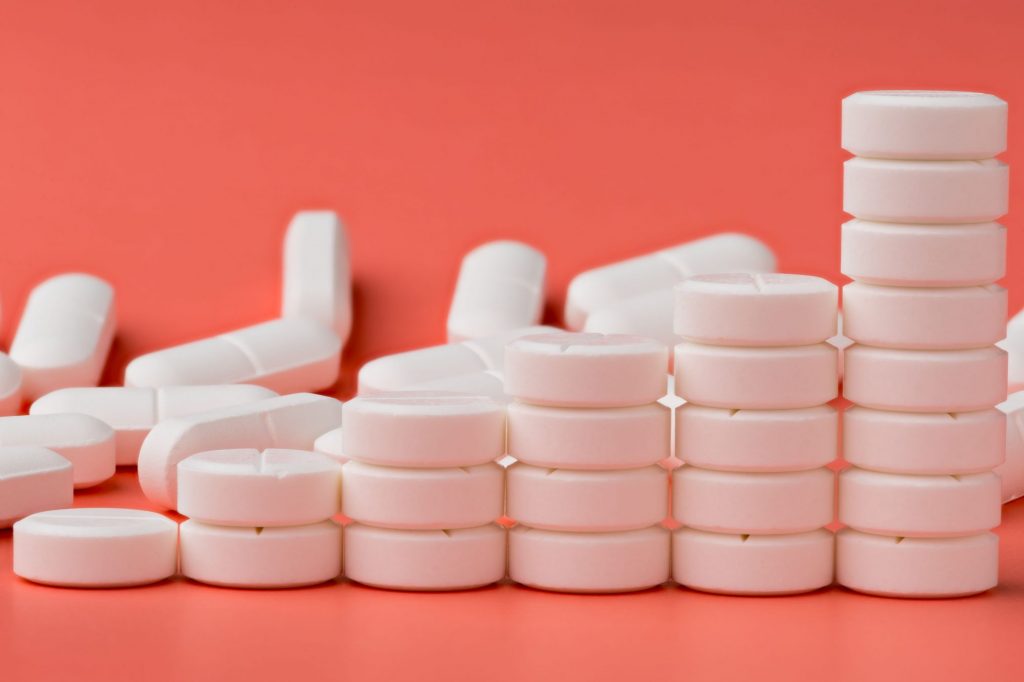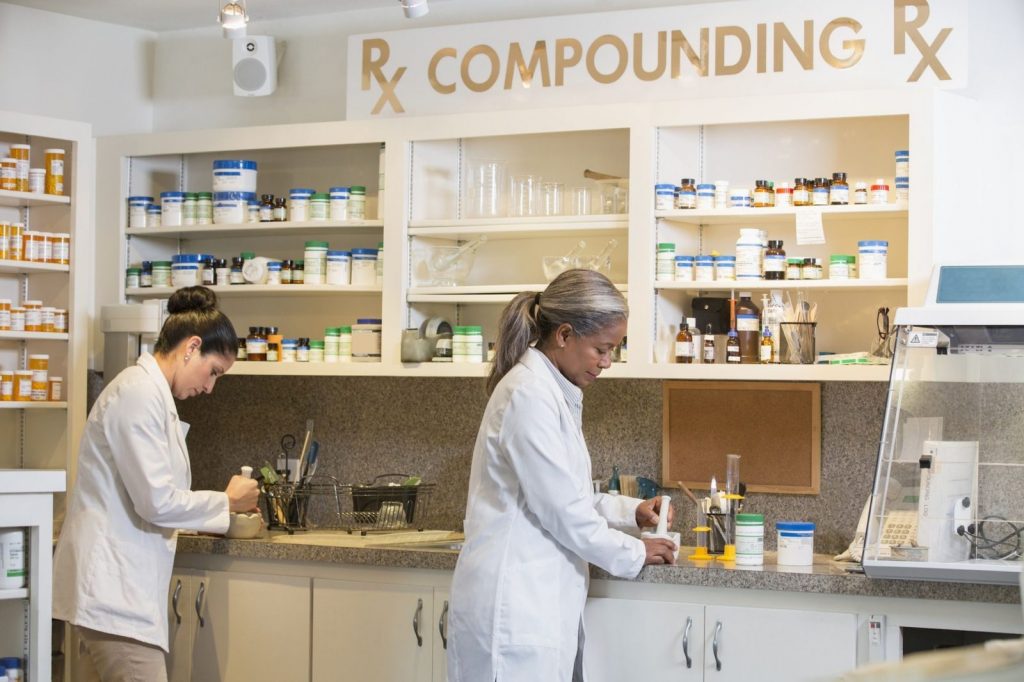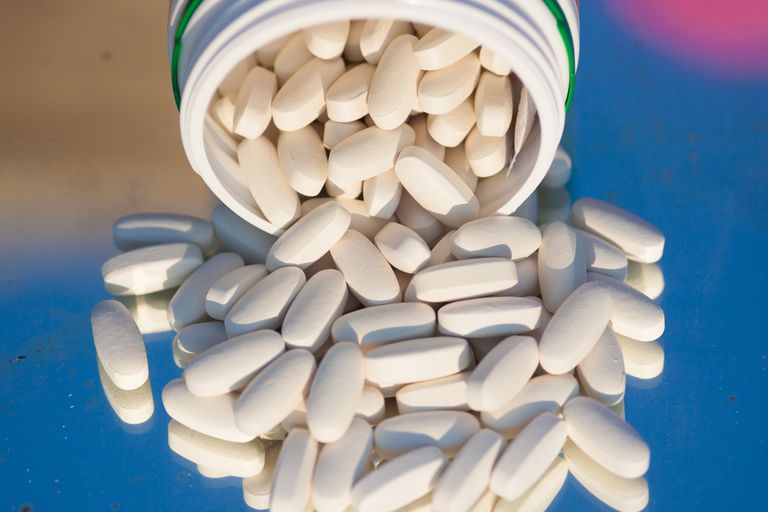Are Online Pharmacies Really That Great For Saving?
It’s time for us to provide you with some clear-cut facts about the industry of pharma products and the activity of drugstores on the internet. Before you start adding the meds to your virtual shopping cart encouraged by low prices and incredible discounts, you should find out whether a company of your choice is legal…
Read more










